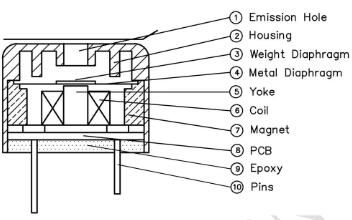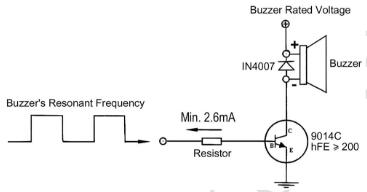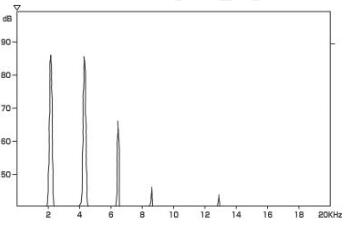
- Home
- Product
- Acoustic Component
- Security & Alarm
- Sensor
- Piezo Ceramic
- Connector & Cable
- Fuse & Circuit Breaker
- Switch & Indicator
- Battery Holder & Connectors
- Motors & Fans & Heat Sink
- Power Supply
- Relay & Socket
- Ultrasonic Machine & Part
- LED & LED Display
- Wifi & Antennas
- Inductor & Choke
- Electricians Tools
- Electronic Beauty Instrument
- IC & Semiconductors
- Mould & Plastic Enclosure
- Smart Home
- Arduino & Robot
- Solution
- About
- News
- Contact
- Acoustic Component
- Piezo Ceramic Element
- Piezo Buzzer
- Magnetic Buzzer
- SMD Buzzer
- Piezo Transducer
- Magnetic Transducer
- Mechanical Buzzer
- Electret Condenser Microphone
- Loud Speaker
- Micro Speaker
- Mylar Speaker
- Ultrasonic Speaker
- Headphones & Earbuds & Headsets
- Bluetooth speaker
- Ceiling Speaker
- Garden Speaker
- Party Speaker
- Sound Button
- Sound Module
- Receiver
- Security & Alarm
- Sensor
- Piezo Ceramic
- Connector & Cable
- USB & Type C & HDMI Connector
- FFC / FPC / Wafer connector
- Card Socket
- Water Proof Connector
- Anderson Battery Connector
- Wire Harness
- Micro D Connector
- Coaxial Connectors
- New Energy Vehicle Charge Accessory
- Magnetic Power Connector
- Compact Splicing Connector
- Screw Nut & Spacer
- USB HUB & Type C Adapter Converter
- Splitter & DP HDMI
- Heat Shrink Tube
- USB & Type C & HDMI cable
- Pin Header Connector
- Automotive Connectors
- Ethernet Connectors
- More Products
- Fuse & Circuit Breaker
- Switch & Indicator
- Battery Holder & Connectors
- Motors & Fans & Heat Sink
- Power Supply
- Relay & Socket
- Ultrasonic Machine & Part
- LED & LED Display
- Wifi & Antennas
- Inductor & Choke
- Electricians Tools
- Electronic Beauty Instrument
- IC & Semiconductors
- Mould & Plastic Enclosure
- Smart Home
- Arduino & Robot












